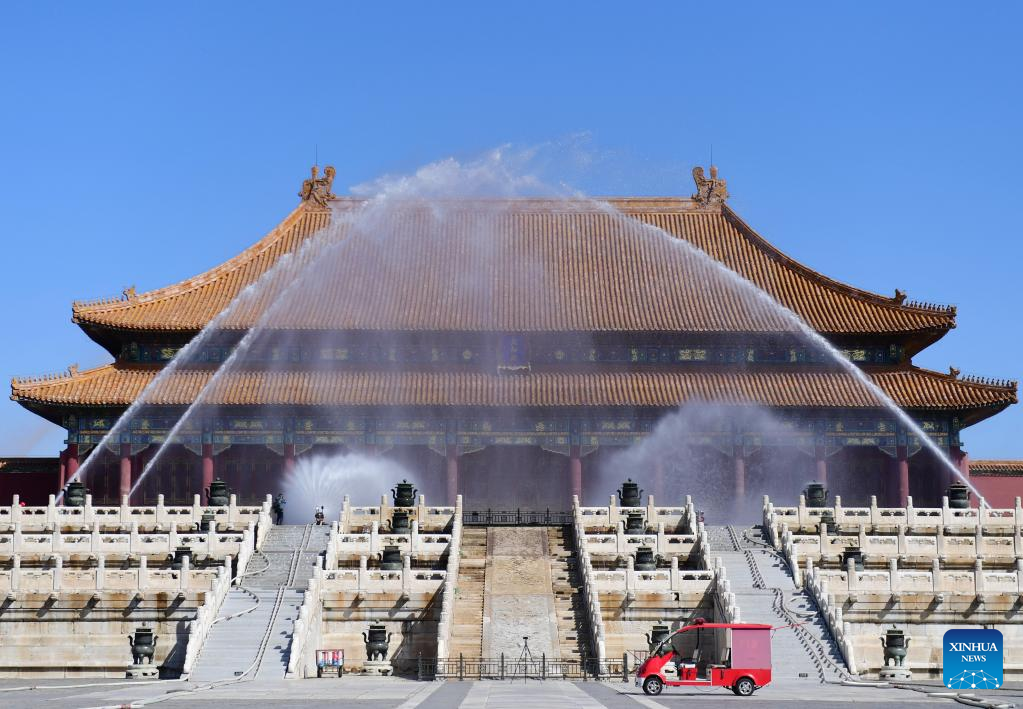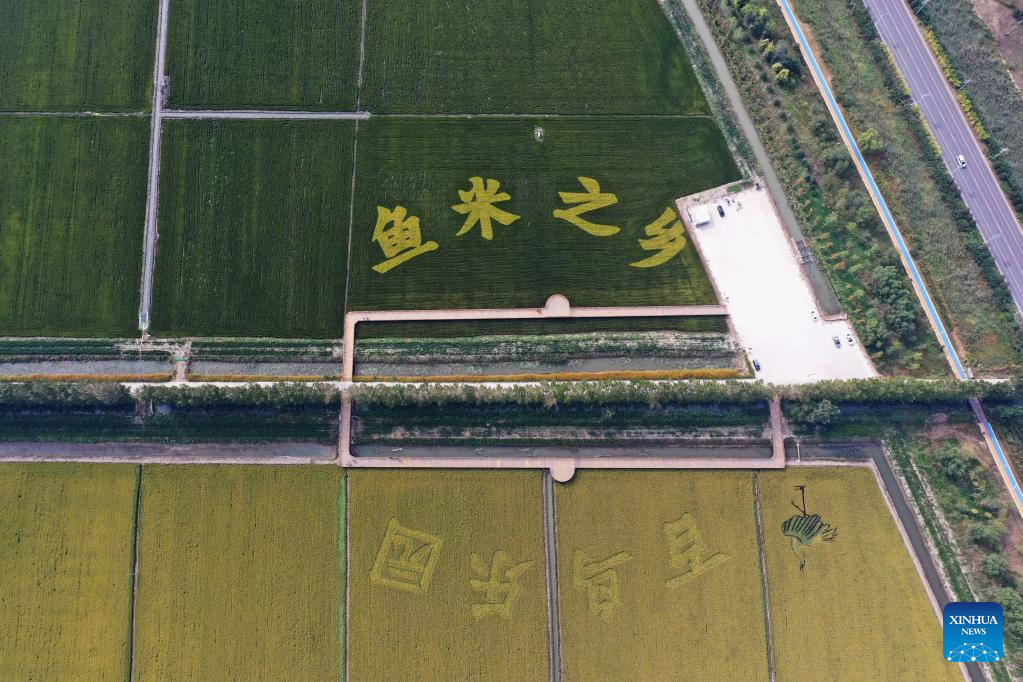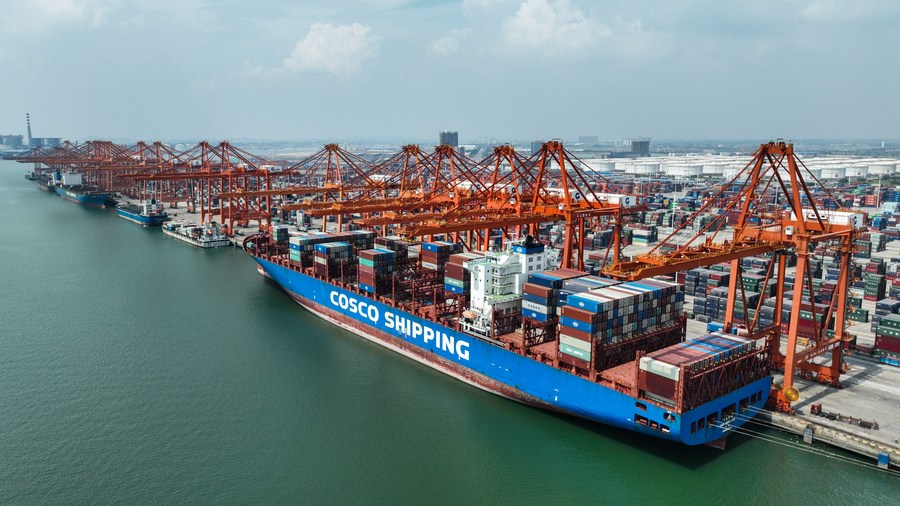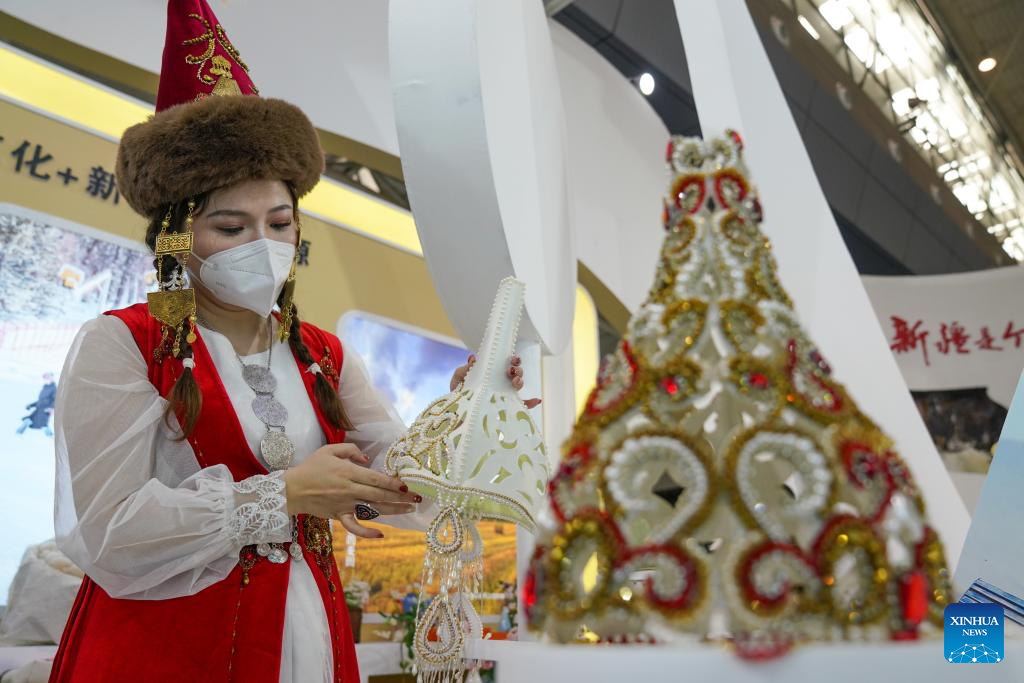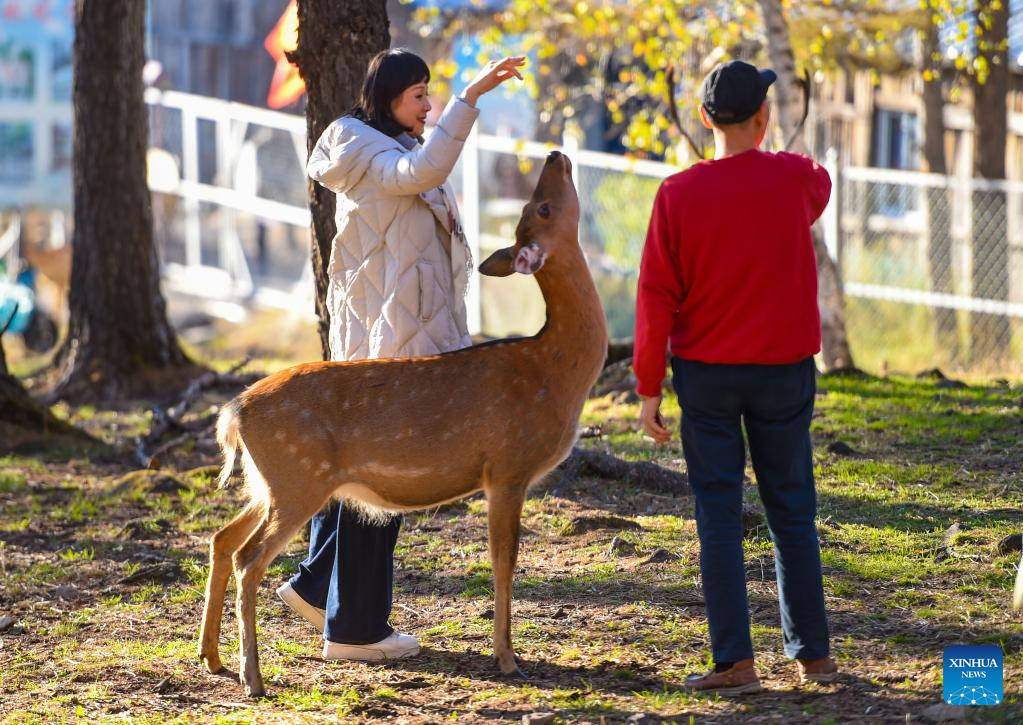Nanjing holds a prominent place in Chinese history and culture. To this day, its historical blocks and cultural zones has been offering people the opportunity to immerse themselves in the city's glory and charm.
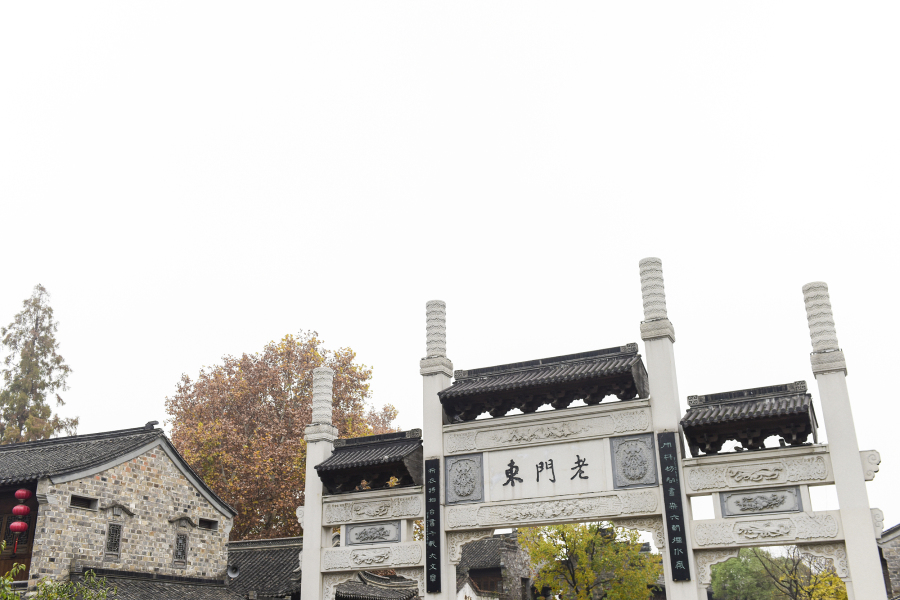
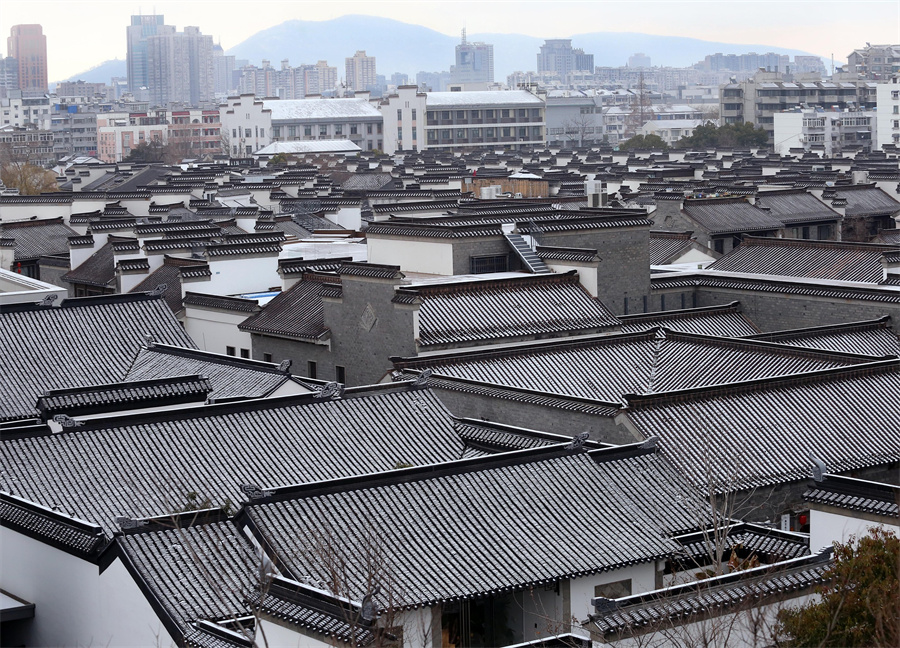
(CFP Photo)
Laomendong
Laomendong is a historical area to the east of the Zhonghua Gate. Visitors can stroll along the 600-year-old City Wall of the Ming Dynasty, wander through winding alleys, and explore the renovated area that showcases traditional architecture styles and folk customs originally of the old southern town.
As an important part of Nanjing's renowned Confucius Temple - Qinhuai River Scenic Belt, Laomendong boasts well-preserved historical buildings and old factories. Meanwhile, the area provides B&Bs, boutique hotels, studios, century-old stores and entertainment venues. It's a distinctive neighborhood that seamlessly integrate history, culture, tourism and recreational activities.
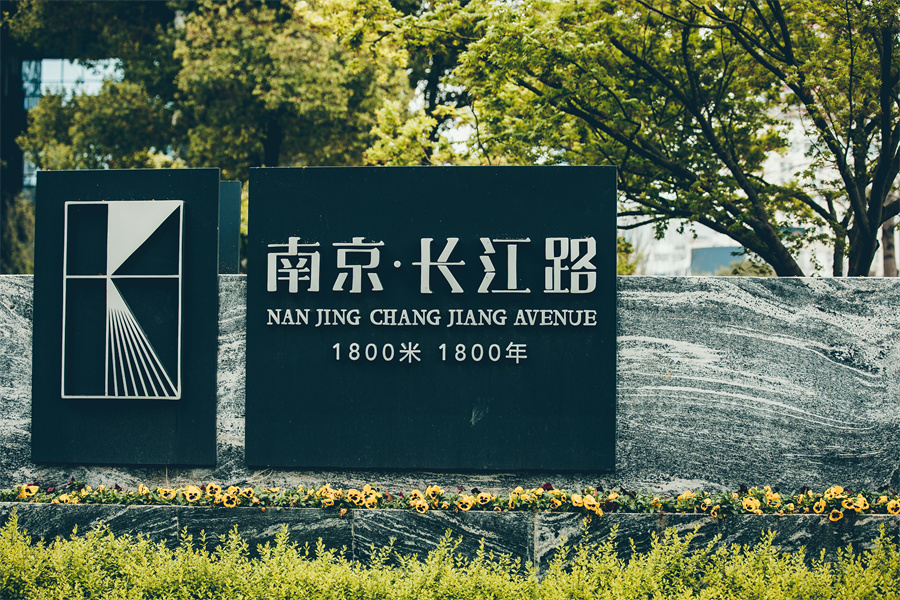
Changjiang Avenue
Changjiang (Yangtze River) Avenue spans 1800 meters long and has a history of more than 1800 years.
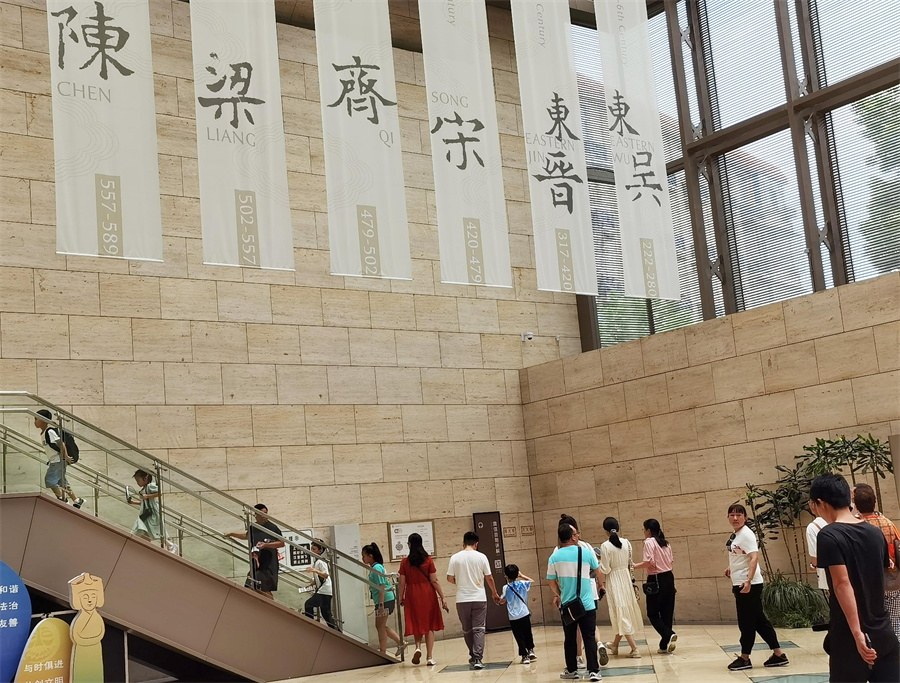
The Oriental Metropolitan Museum on the road is China's largest museum devoted to displaying the history, culture, and relics of the Six Dynasties (229-589).
Walking along the avenue, you will also come across Meiyuan New Village, which witnessed the historic negotiations between the KMT and the Communist Party of China (CPC) on the future of the country after the War of Resistance against Japanese Aggression. The venue helps visitors understand the CPC's mission of seeking happiness for the Chinese people and rejuvenation for the Chinese nation.
Visitors can also explore the Jiangning Imperial Silk Manufacturing Museum, which houses the memorial hall of Cao Xueqin, the author of classic Chinese literature A Dream of Red Mansion.
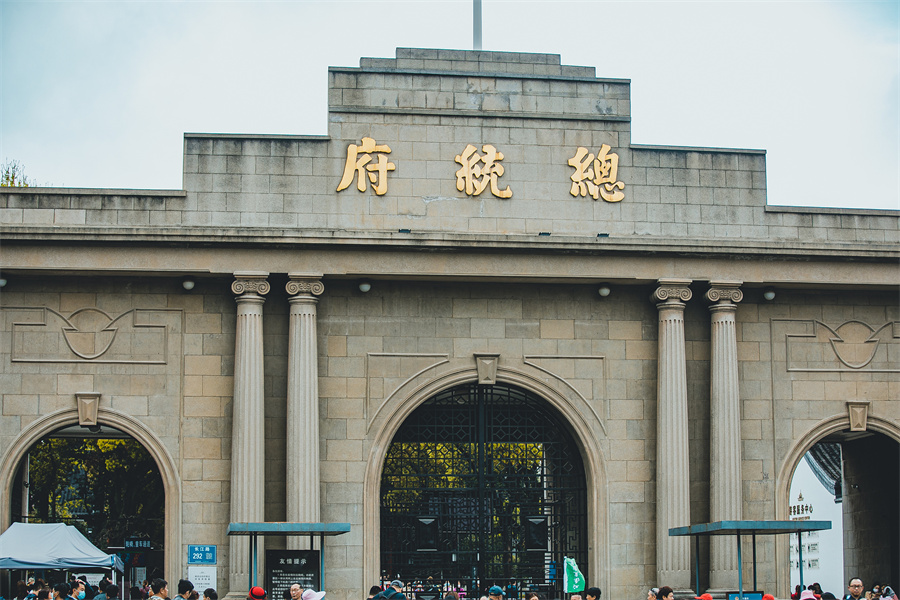
(CFP Photo)
In addition, the former Presidential Palace, also situated on the avenue, is a remarkable destination to experience the charm of the Jiangnan gardens and gain an understanding of the fusion of Western and Eastern architectural styles.

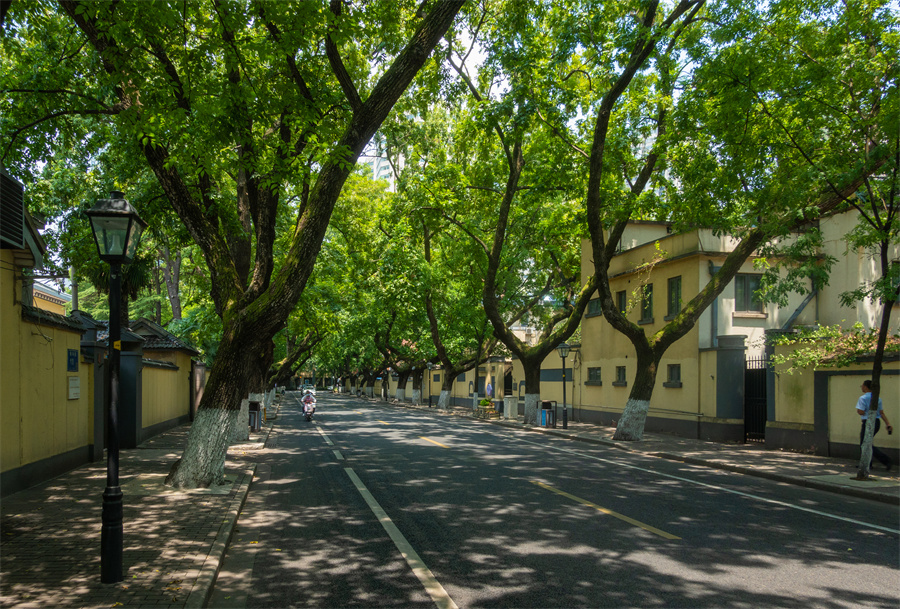

(CFP Photo)
Yihe Road
Located in Nanjing's Gulou District, the Yihe Road Resident Area was one of the first historical and cultural blocks recognized in China.
Home to 24 former embassy sites, 8 former diplomatic compounds, and 225 courtyards built during the 1930s, it has the best-preserved garden villas and buildings for foreign envoys in Nanjing.
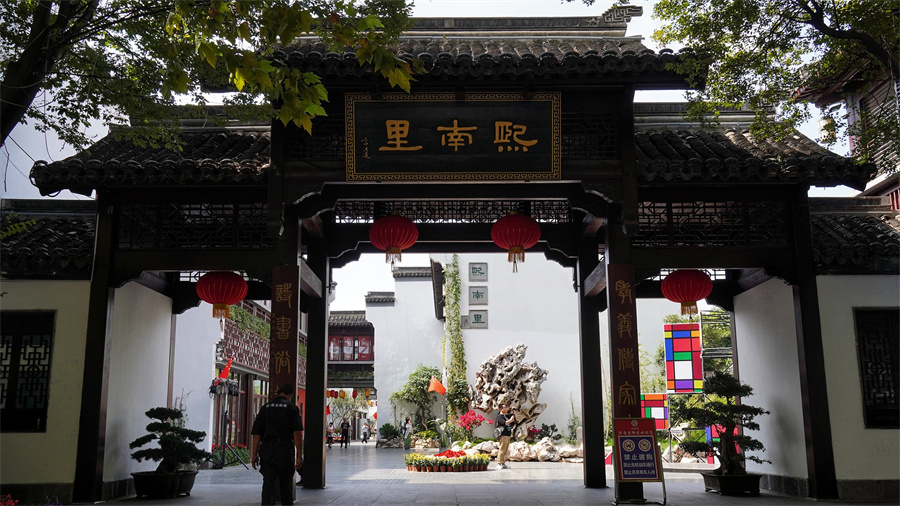
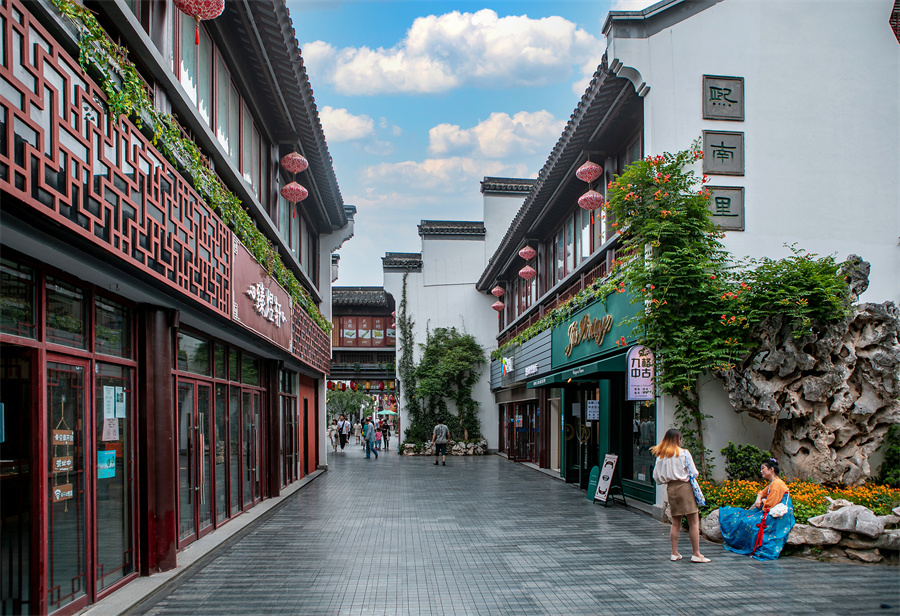
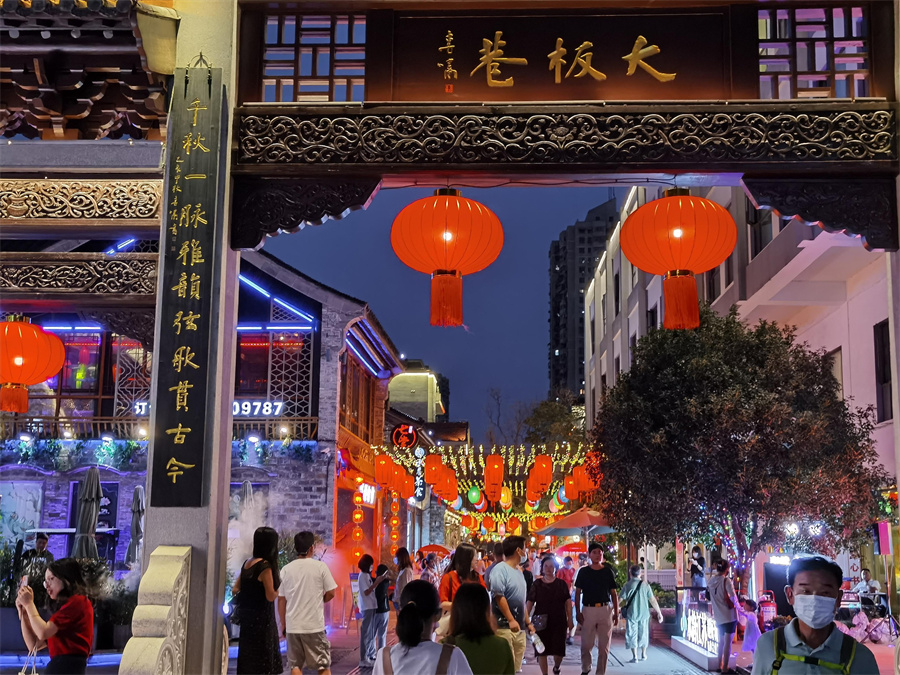
(CFP Photo)
Xi'nanli
A great place to understand the city's historical and cultural legacies, Xi'nanli was once one of the most prosperous areas in the history of Nanjing.
Today, the area hosts opera performances, workshops and exhibition of intangible cultural heritage items, food specialties, and programs focused on Guoxue, the study of traditional Chinese culture, especially Confucianism.
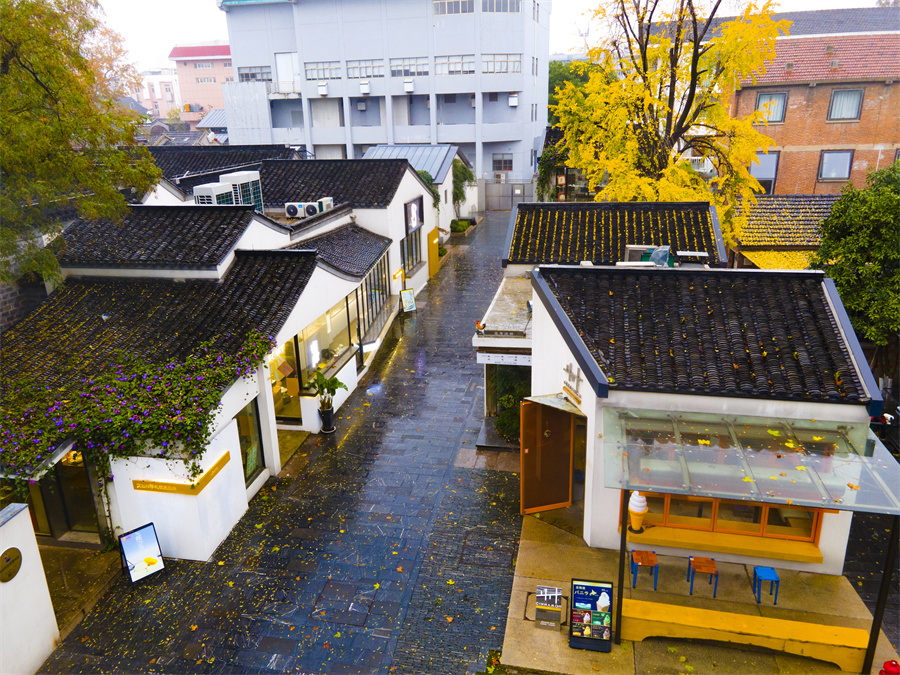
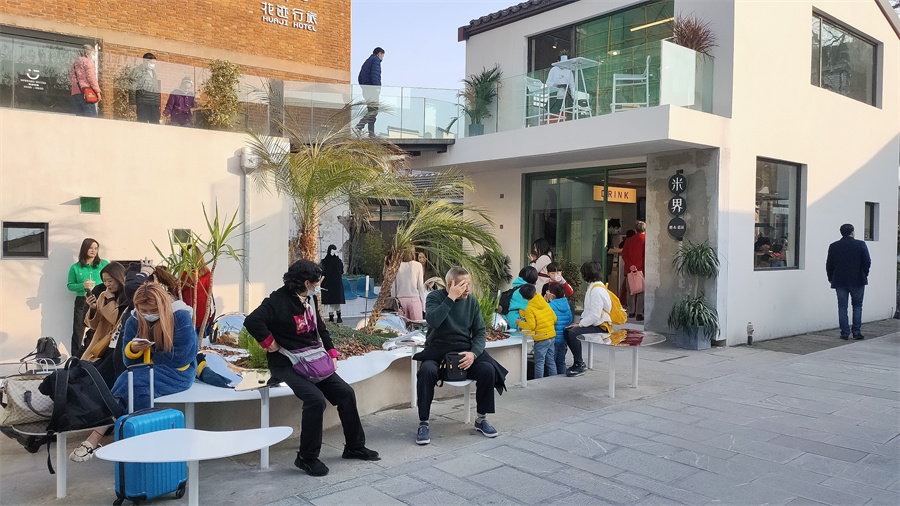
(CFP Photo)
Xiaoxihu
Once an outdated and shabby area, Xiaoxihu now represents new, fashion and creativity today, while still carrying the cultural legacies of the old southern town.
Started renewal in 2015, Xiaoxihu is a blend of Nanjing in the past and contemporary elements. In November 2022, it was included on the list of "tourist destinations featuring intangible cultural heritage" by the China Intangible Cultural Heritage Protection Association, in recognition of the innovative urban regeneration efforts.

